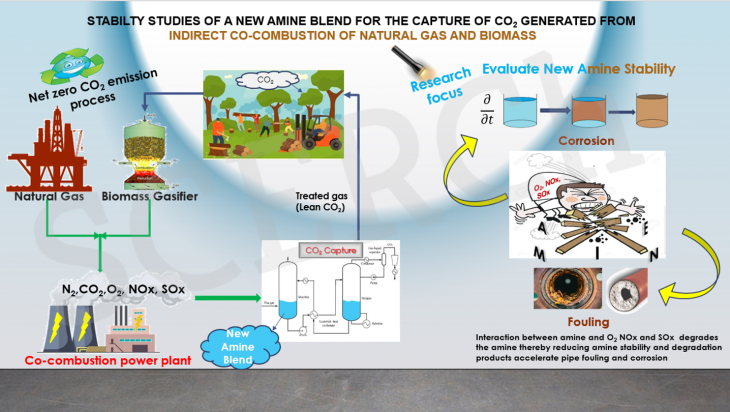
Determination of Concentration using an External Calibration Curve
If we want to know the concentration of our sample solution, how can we do it?
Read More
Perception in Neural Networks
Neural network is a type of machine learning algorithm that is inspired by the structure and function of the human brain.
Read More
What is Filtration?
Filtration is a mechanical or physical operation by which insoluble solid particles are separated from a liquid-solid mixture by forcing the liquid through the pores of a filter...
Read More
Structural Correlation and Predictive Model by Machine Learning Regression for Oxidative Degradation Rate of Amine Solution in Post-Combustion Amine-Based CO2 Capture Processes
Carbon capture has been proposed as a viable method of lowering CO2 emissions. The most widely used technology is the use of amines to capture CO2. However, the strategy commonly encounters operational concerns...
Read More
Development of catalysts for post-combustion carbon capture
The development of catalysts for post-combustion carbon capture is important for reducing greenhouse gas emissions and addressing the challenge of climate change. Catalysts can improve...
Read More
Catalyst Washing Processes
Washing is a process that separates soluble impurities from insoluble catalyst particles by dissolving catalysts in a solvent, like water.
Read More
CO2 Utilization in Concrete using CO2-Loaded Aqueous Ionic Liquid
Utilizing captured CO2 in a process that yields valuable materials has consequently recently attracted much attention. One of the prime examples is the sequestration of CO2 by mineral carbonation and transformation into an industrially useful product.
Read More
Catalyst-aided CO2 Capture and Utilization in Cement-based Industry
As we look at minimizing the cost of CO2 capture process by removing the desorption unit and its ancillary equipment, there is also a need to pay attention to the size of the absorption column as it equally translates into cost. Smaller absorption columns result in minimal cost compared to bigger absorption columns.
Read More
Towards Achieving Net Zero Emissions From The Co-Combustion Of Natural Gas And Biomass: A Commercial Pathway For Evaluating The Performance Of A Novel Solvent Blend
Concerns about climate change have intensified as human and industrial activities continue to emit increasing amounts of carbon emissions. There has been an urgent need to explore and develop techniques to reduce emissions...
Read More
Stability Studies of a New Amine Blend for the Capture of CO2
Global warming and climate change due to the excess release of CO2 from human activities has been one of the world’s problems for a number of years now. Many ideologies have been born in the quest to seek a solution to this global problem.
Read More